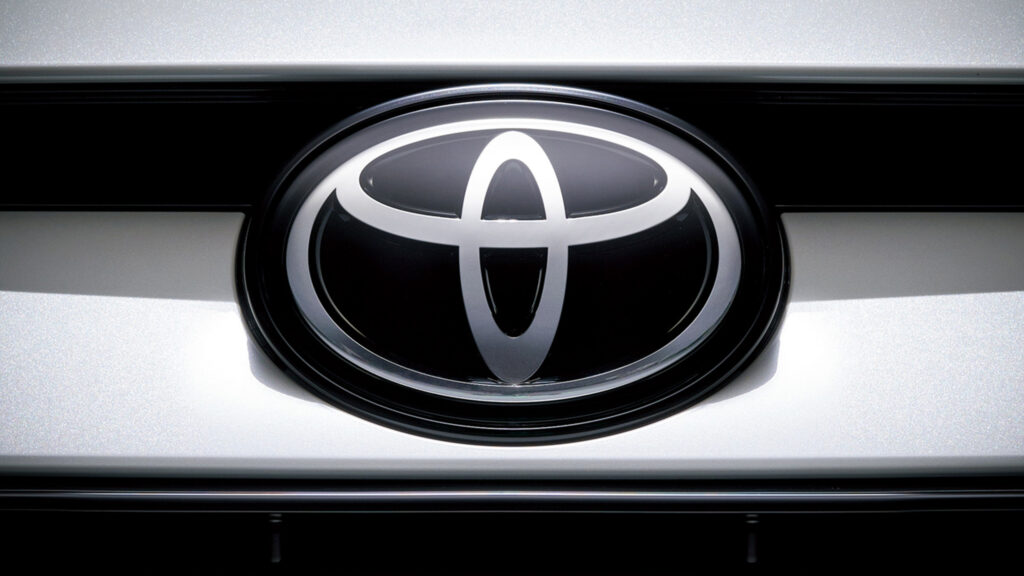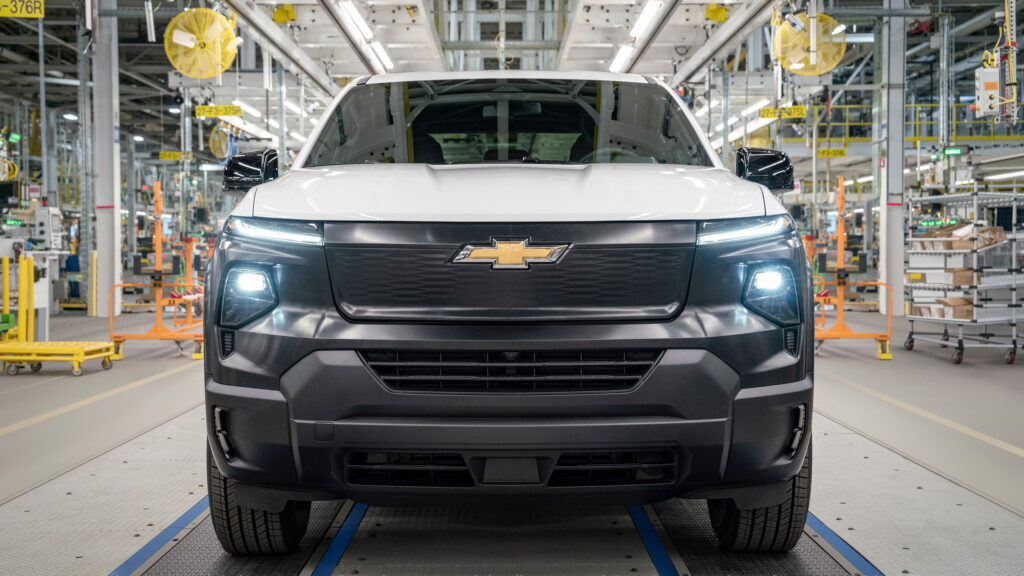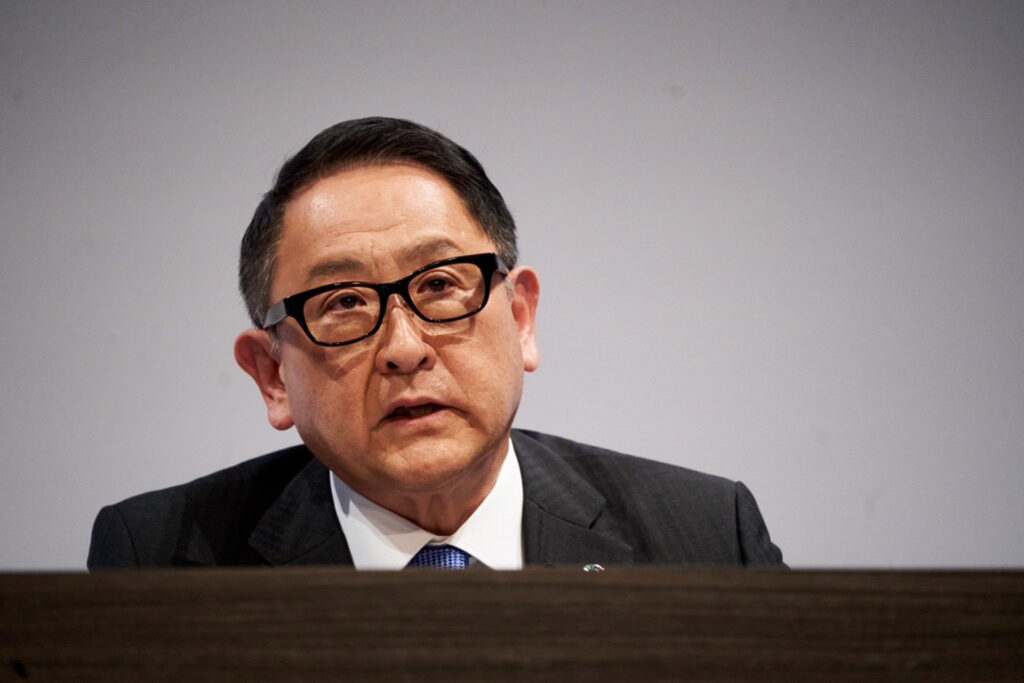High Tariffs

Currently, Japanese automakers are grappling with significant tariffs imposed by the U.S., potentially impacting their financials to the tune of $19 billion this fiscal year. These tariffs include rates as high as 24% on various goods and 25% specifically on imported vehicles, steel, and aluminum. With approximately 1.5 million vehicles shipped annually to the U.S., Japanese manufacturers face an uphill battle.
Toyota’s Strategy

However, Toyota might have a creative solution that could also serve to soften the financial blow of these tariffs. Hiroki Nakajima, Toyota’s Chief Technology Officer, suggests an intriguing strategy: American automakers could utilize Toyota’s extensive dealership network in Japan to sell their vehicles. This proposal seems particularly viable given the landscape—U.S. carmakers have a mere 163 dealerships across the country, while Toyota commands over 4,000.
Apparently, this tactic was a topic of discussion during a meeting that included Toyota Chairman Akio Toyoda and Japan’s Prime Minister Shigeru Ishiba with U.S. negotiators. While no decisions have been finalized, the plan could alleviate tensions by increasing American car sales in Japan and address the U.S. trade deficit.
Size Matters

The unique dynamic here is Japan’s preference for smaller, more fuel-efficient cars, like the popular Kei cars, due to tighter urban settings. The U.S., in contrast, leans towards larger vehicles, such as SUVs and trucks, which are often too big for Japan’s compact streets. This cultural distinction presents a significant hurdle for American manufacturers attempting to penetrate the Japanese market.
Yet, if Ford and GM vehicles appear in Toyota’s Japanese dealerships, it might just work. This unconventional partnership could pave the way for more American cars to find Japanese buyers, even if it’s as simple as familiarizing locals with newer, more suitable models.
Economical Wins
In economic terms, both nations have things to gain. For the U.S., a reduction in the trade deficit with Japan and greater market penetration are enticing prospects. For Japan, stabilized tariff rates could ease financial pressure on car manufacturers, allowing them to focus their resources on innovation and staying competitive globally. While on the surface, this proposal might seem far-fetched, it could indeed be a practical step towards resolving the tariff dispute and fostering economic cooperation.
Crackdown on Speeding
Mazda's Rotary Return
Candy Pink Bentayga
1981 BMW 528i Auction
Lexus LC Bows Out